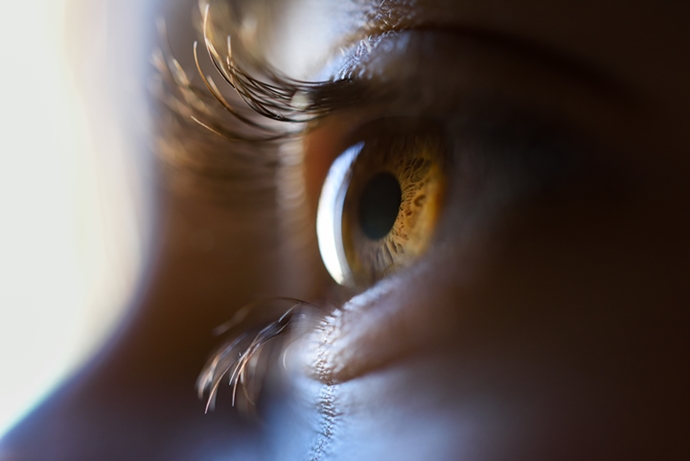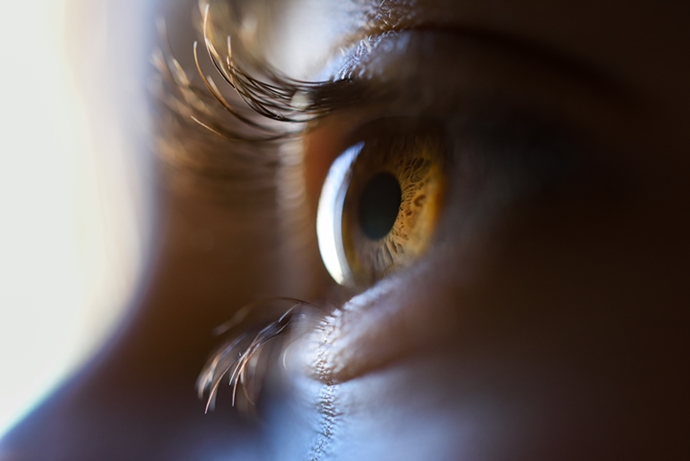
If you’re child has cataracts then it’s likely they’re going to need immediate treatment. As part of Cataract Awareness Month, this blog post is part of a series helping to raise awareness around the issue of cataracts in children, how to identify them and how they’re treated.
Treatment is only really required if the cataract is impairing your child’s vision. Many children have cataracts without requiring further treatment. Instead, they’re monitored carefully through regular eye checkups.
If your child is suffering from impaired vision, then it’s likely your doctor will be referring you for further treatment and this can often mean surgery.
What you need to know about cataract surgery
Even if only part of the lens may be affected, there is no treatment that can repair the cloudy area and so the entire lens will need to be removed.
Once the lens has been taken out, a plastic lens will then be inserted – the eye can’t focus without a lens being present, making this part of the operation essential.
In children under the age of 12 months, it’s likely that your child will be recommended contact lenses or glasses as an alternative to the fitted lens due to the higher risk of further complications.
The removal of the damaged lens is carried out under general anaesthetic. Even if your baby is born with cataracts, this method of treatment is highly recommended and surgery can be done within their first few weeks of life.
Stem cell research for treating cataracts in children
In 2016, articles appeared in the news about stem cell research being carried out in China and the USA about a successful clinical trial to regenerate lenses in children using stem cells. This procedure is not yet available to the public but the clinical trials saw 12 children experience a full recovery and regained complete vision after the regeneration process.
Further research is being conducted to determine how successful and safe this method is in comparison to the more traditional surgery.
News: Using Cord Blood Stem Cells to Potentially Treat Cataract
Treatment before surgery
Not all cataracts in children are severe enough to warrant surgery straight away. Although vision may be slightly impaired, you want to hold off on surgery and try preventative methods to begin with.
You can improve your child’s vision with glasses or strong bifocals. It may be that your doctor suggests going down this route whilst determining how serious the impairment is. Determining if your child needs surgery can be a big step and one that many doctors may want to avoid as the unnecessary complications could put your child’s health at risk.
The severity of the cataracts will ultimately determine as to whether your child needs immediate surgery.
Post surgery treatment
Treating cataracts in children after surgery may include an eye patch. This is applicable in situations where only one eye has a cataract and the eye patch is worn over the unaffected eye. This is called occlusion therapy and is a method of treatment to help strengthen the eye muscles in the weaker eye to help restore a level of balance in your child’s sight.
You will also require additional checkups to closely monitor the recovery process after the operation and to prevent any infections of further complications later on.
Read previous posts:
Causes of Cataracts in Children & How it Affects Your Child’s Vision
Common Signs and Symptoms of Cataracts in Children
5 Tips to Prevent Cataracts in Children
Resources:
http://www.nhs.uk/Conditions/Cataracts-childhood/Pages/Treatment.aspx
https://my.clevelandclinic.org/health/articles/pediatric-cataracts
http://www.cbsnews.com/news/cataract-surgery-using-stem-cells-shows-promise-in-babies/
http://www.nhs.uk/news/2016/03March/Pages/Childrens-eyes-damaged-by-cataracts-repaired-by-stem-cells.aspx
http://www.allaboutvision.com/conditions/cataracts.htm
{{cta(’29db8acd-fdb8-4abc-a1cc-19662bb6f972′)}}


